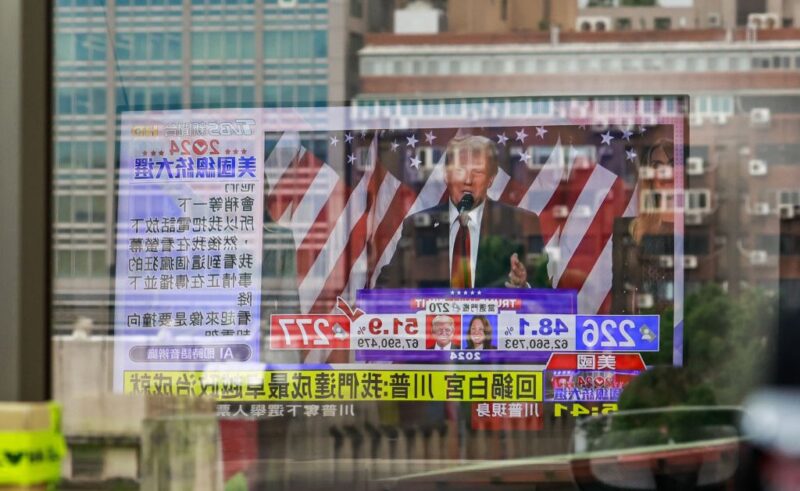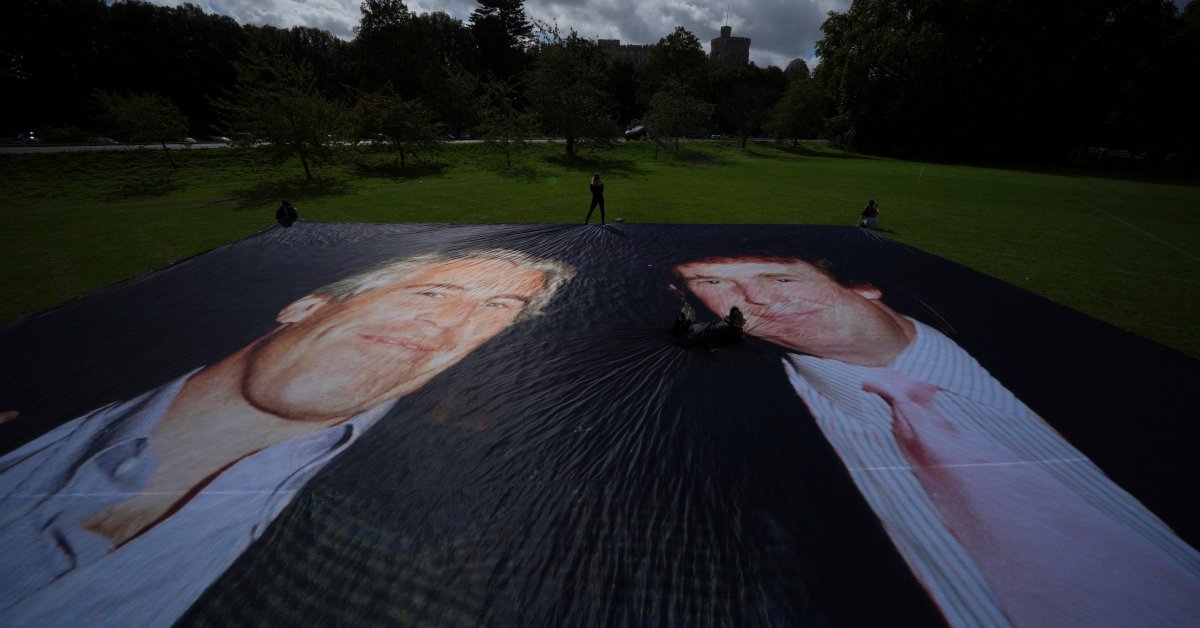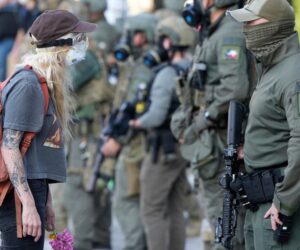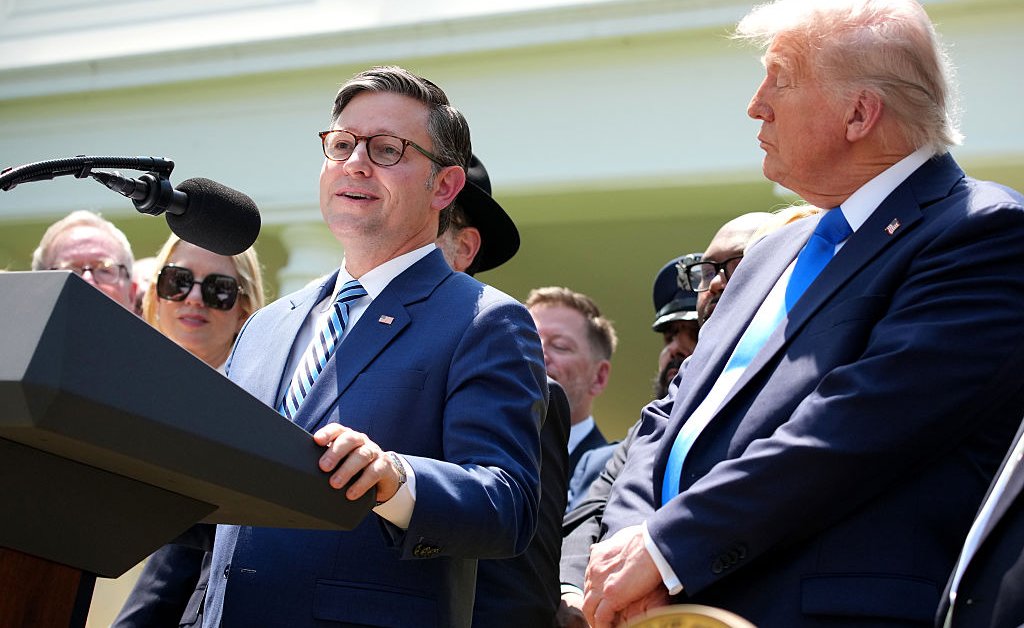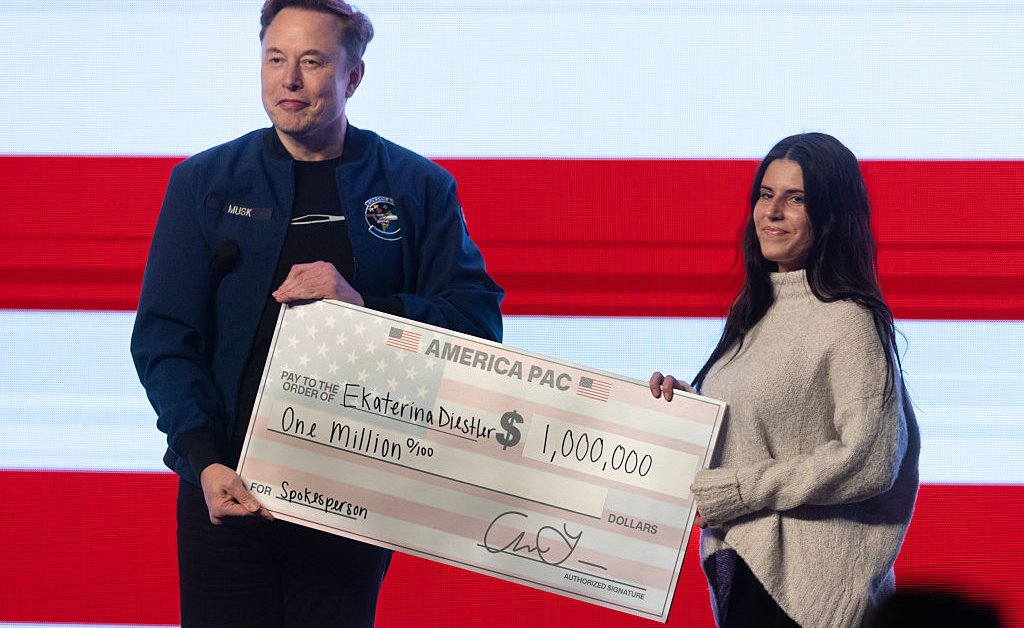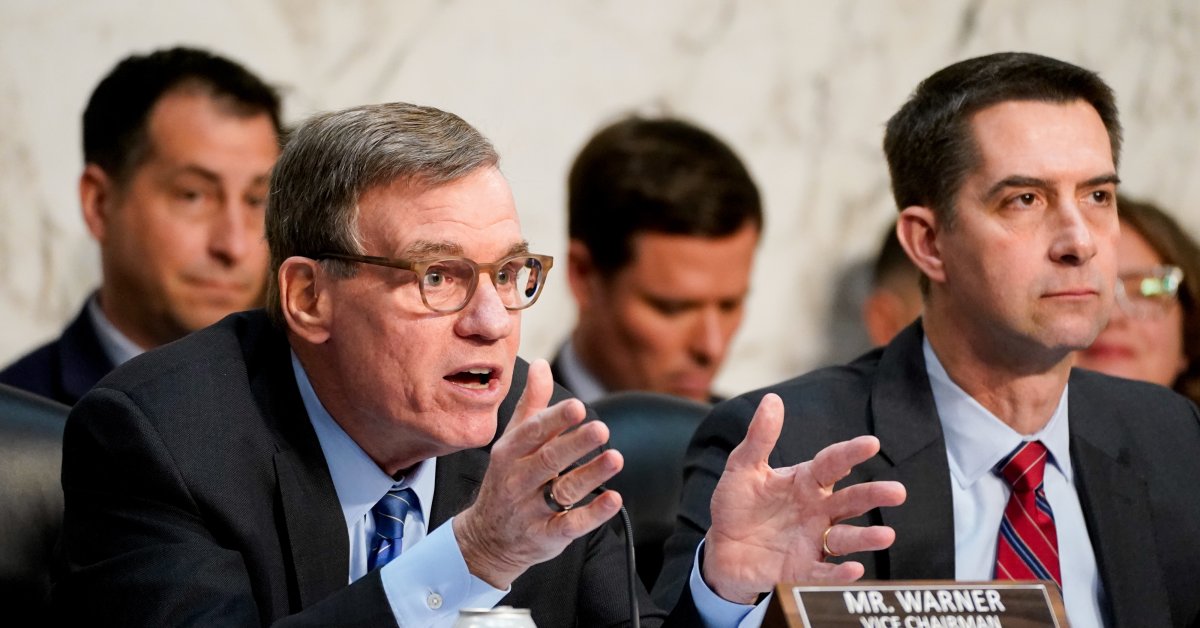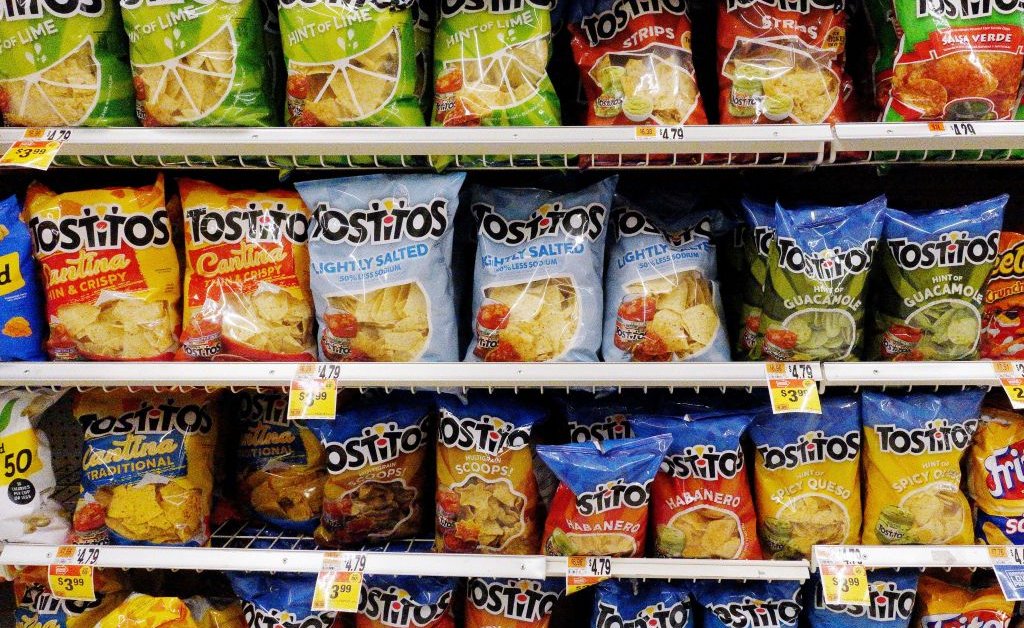In his dealings with China so far, President Donald Trump has been right on one thing: He didn’t let Taiwanese leader Lai Ching-te make a stopover in New York City on his way to Latin America. That was the opposite decision of Joe Biden, who allowed Lai’s predecessor Tsai Ing-wen on a sensitive New York City stopover two years ago. And unlike Biden who “gaffed” four times to say the U.S. will defend Taiwan in the event of an attack from the Chinese mainland, Trump made it clear he wasn’t interested in going to war with China.
Such caution is commendable. The only issue that can drag the two titans into a full-blown conflict is the Taiwan issue. Reunification with Taiwan is a must for China. The only question is how—will a stronger China become more confident in eventual peaceful reunification one day or will it become more impatient to resort to use of force?
Read More: Taiwan in the Shadow of War
A short answer is: it depends on the Taiwanese authorities. Both Lai and his predecessor Tsai Ing-wen are from the Democratic Progressive Party that advocates a separate Taiwanese national identity. But Lai, a self-described “practical worker for Taiwan independence,” appears more dangerous. Lai has prevented cross-strait people-to-people exchanges in the name of “opposing China’s united front work.” He labeled the Chinese mainland as “foreign hostile forces” and outlined 17 strategies to threaten the people in Taiwan who support cross-strait exchanges.
Lai’s description of the Chinese mainland as “foreign hostile forces” touches the bottom line of Beijing—cessation of Taiwan from the mainland. China’s anti-secession law stipulates that China will use force when it believes that all possibilities for peaceful reunification are exhausted. So how much patience does China still have?
Both Beijing and Washington are playing with strategic ambiguity while preparing for the worst. China has vastly increased military exercises near the island, while the U.S. has bolstered its forward military presence along the “first island chain” that runs from Japan and South Korea to the Philippines. Yet Beijing won’t clarify when is its deadline for reunification while Washington won’t say if it will assist Taipei militarily if the Chinese mainland launches an attack.
The problem is time is not on the American side thanks to China’s growing capabilities and its proximity to the conflict zone. U.S. allies don’t look reliable either. Japan and Australia have both rejected requests from the U.S. to commit to a hypothetical conflict with China over Taiwan, emphasizing that any decision would be made by their governments at the time.
If refraining from direct war with Russia over Ukraine is a top American priority, then surely, avoiding a war with the second largest economy and another nuclear power is in America’s highest national interest. So, what can President Trump do?
A roadmap for Washington
First, President Trump could make a formal rule to not let any Taiwanese leader make stopovers in important American cities like New York or Washington. These stop-overs, unlike those made in Honolulu or Los Angeles before, are used by Taiwanese authorities to test the reaction of the U.S. government over any changing attitude.
Second, he should control the remarks of his lieutenants. In the last 10 years, a number of American generals made sensational remarks on when the Chinese mainland might launch attacks on Taiwan. For example, Air Force General Mike Minihan said in 2023 in a memo that his gut told him the U.S. would fight China in the next two years. This was brushed away by the Pentagon, saying it was not representative of the department’s view.
Likewise, U.S. Secretary of War Pete Hegseth warned in May that an attack on Taiwan was “imminent” and floated 2027 as a date. These remarks were a sharp contrast with that of his predecessor Lloyd Austin, who said at the same Shangri-La Dialogue a year earlier that a conflict was neither imminent nor inevitable.
Third, President Trump should warn Lai to “watch his words” as he did to former Russian President and Prime Minister Dmitry Medvedev after he criticized Trump’s foreign policy. There are other precedents. When the DPP leader Chen Shuibian called for a referendum on relations with the Chinese mainland in 2003, President George W. Bush rebuked him.
Read More: The U.S. Must Beware of Taiwan’s Reckless Leader
Fourth, President Trump should withdraw U.S. defense trainers from Taiwan. The 1972 joint communique on establishing China-U.S. diplomatic ties affirms the ultimate aim of withdrawing all American forces and military installations from the island. And is such training really useful? Even Taiwan’s own assessments of its military are dire. Taiwanese troops are nicknamed “strawberry soldiers.” Former Taiwanese leader Ma Ying-jeou has said, in the event of war with China, the “first battle will be the last.”
Finally, President Trump should encourage current Taiwanese authorities to recognize the “One China” 1992 consensus between Beijing and Taipei, in order to kickstart cross-strait talks. Beijing has said that any differences can be discussed under “One China.” This is the best way to defuse tensions across the strait and things could move from there. Without Taiwan agreeing to “One China,” it is only a matter of when, rather than if, the conflict will occur.
President Trump craves to be remembered as a peacemaker. He appears to have much more authority than during his first term. He should use it to make the strait less dangerous. The last thing he needs is to provide Lai a blank check that he might fill with American blood.

